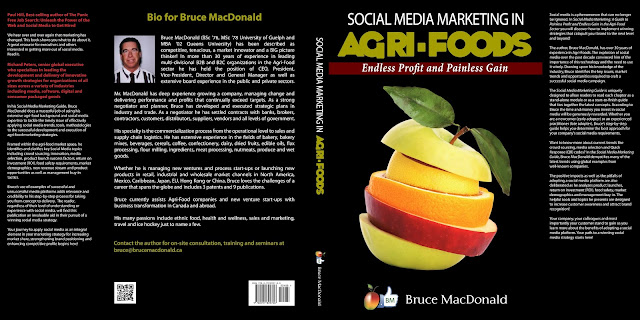USING NANOTECHNOLOGY TO KILL LISTERIA IN FOODS
Published April 3, 2013 in Food Product Design.
Posted in News, Food Safety, Science & Research, Bacteria, Microbial, Listeria, Bacteria, Packaging,Nanotechnology
TROY, N.Y.—Scientists have developed a new method to kill deadly pathogenic bacteria, includingListeria, in food handling and packaging. The discovery represents an alternative to the use of antibiotics or chemical decontamination in food supply systems, according to research published in the journalScientific Reports.Print
Researchers at Rensselaer Polytechnic Institute successfully attached cell lytic enzymes to food-safe silica nanoparticles, and created a coating with the demonstrated ability to selectively kill deadly bacteria, including Listeria, on contact, within a few minutes without affecting other bacteria. The lytic enzymes also can be attached to starch nanoparticles commonly used in food packaging.
The new method is modular, and by using different lytic enzymes, could be engineered to create surfaces that selectively target other deadly bacteria such as anthrax, said Jonathan Dordick, vice president for research and the Howard P. Isermann Professor at Rensselaer, who helped lead the study.
"In this study, we have identified a new strategy for selectively killing specific types of bacteria. Stable enzyme-based coatings or sprays could be used in food supply infrastructure—from picking equipment to packaging to preparation—to kill Listeria before anyone has a chance to get sick from it," said co-researcher Ravi Kane, the P.K. Lashmet professor of chemical and biological engineering. "What's most exciting is that we can adapt this technology for all different kinds of harmful or deadly bacteria."
This most recent study builds upon the research team's success in 2010 of creating a coating for killing methicillin resistant Staphylococcus aureus (MRSA), the bacteria responsible for antibiotic resistant infections. While the previous coating was intended for use on surgical equipment and hospital walls, the development of a Listeria-killing coating had the extra challenge of needing to be food-safe.
The researchers found their answer in lytic enzymes. Viruses that affect bacteria, called phages, inject their genetic material into healthy cells. The phage takes over a healthy cell, and in effect transforms the host cell into a little factory that creates more phages. Near the end of its life cycle, the original phage creates and releases lytic enzymes that break down and make holes in cell walls of the infected bacteria. The manufactured phages escape through these holes and go on to infect other healthy cells.
Nature used lytic enzymes to break out of bacterial cells, Dordick said, and the researchers worked for years to exploit the same lytic enzymes to break into bacteria such as MRSA and Listeria.
To stabilize the Listeria-killing lytic enzymes, called Ply500, the researchers attached them to FDA-approved silica nanoparticles to create an ultra-thin film. The researchers also used maltose binding protein to attach Ply500 to edible starch nanoparticles commonly used in food packaging. Both Ply500 formulations were effective in killing within 24 hours all Listeria at concentrations as high as 100,000 bacteria per milliliter—a significantly higher concentration than normally found in food contamination situations.
"Starch is an inexpensive, edible material often sprayed into the packaging as a powder layer on meat product. We took advantage of the natural affinity of a maltose binding protein fused to Ply500, and biologically bound Ply500 to starch as a non-antibiotic, non-chemical agent for reducing the threat ofListeria to our food supply," said Linda Schadler, the Russell Sage Professor and associate dean for academic affairs for the Rensselaer School of Engineering.
The research team plans to continue investigating new methods for harnessing the power of lytic enzymes to selectively kill harmful bacteria.
Check out my latest e-book entitled: "Social Media Marketing in Agri-Foods: Endless Profit and Painless Gain".
The book is available on Amazon and Kindle for $4.99 USD. Visit amazon/Kindle to order now:
http://www.amazon.ca/Social-Media-Marketing-Agri-Foods-ebook/dp/B00C42OB3E/ref=sr_1_1?s=digital-text&ie=UTF8&qid=1364756966&sr=1-1
Written by Bruce MacDonald, a 30 year veteran of the Agri-food industry, in "Social Media Marketing in Agri-Foods: Endless Profit and Painless Gain", Bruce applies his background and expertise in Agri-foods and social media to the latest trends, tools and methodologies needed to craft a successful on-line campaign. While the book focuses on the Agri-food market specifically, I believe that many of the points Bruce makes are equally applicable to most other industries.

No comments:
Post a Comment